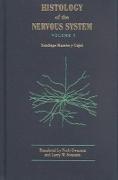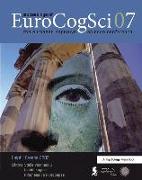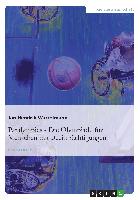- Start
- Cajal's Histology of the Nervous System of Man and Vertebrates
Cajal's Histology of the Nervous System of Man and Vertebrates
Angebote / Angebote:
With the research summarized in this monumental two volume treatise, Santiago Ramon y Cajal founded modern neuroscience and thus joined Darwin and Pasteur as the leading biologists of the 19th century. Starting around 1887, Cajal refined a neurological staining method developed almost 15 yearsearlier by the Italian histologist Camillo Golgi, and applied it first to relatively orderly parts of the nervous systems like the cerebellum, spinal cord, and retina. The conclusions he drew about the organization of neural circuits were, however, diametrically opposed to those advocated by Golgi, spurring an acrimonious debate that lasted well after the two shared the Nobel Prize in 1906. Early on, Cajal concluded that neural circuits are made up of individual units or nerve cells and interact by way of contact, whereas Golgi believed that such circuits are formed by a reticulum or net ofcontiguous nerve cells. Cajal was the first to see how neurons interact in the brain, laying the foundation for what came to be known as the neuron doctrine. His second great contribution was the ability to predict the direction of information flow in neural circuits based strictly on morphologicalcriteria: dendrites and soma form the input side of a neuron while the axon forms its output side. This became known as the functional polarity hypothesis. Using these two foundation stones, Cajal went on to analyze systematically all parts of the mammalian nervous system, along with selected parts in all classes of vertebrates. A synthesis of that work, this volume, which is accompanied by over 1, 000 original illustrations, is based almost entirely onpersonal observation and offers a wealth offactual, historical, and theoretical information.
Lieferbar in ca. 10-20 Arbeitstagen




